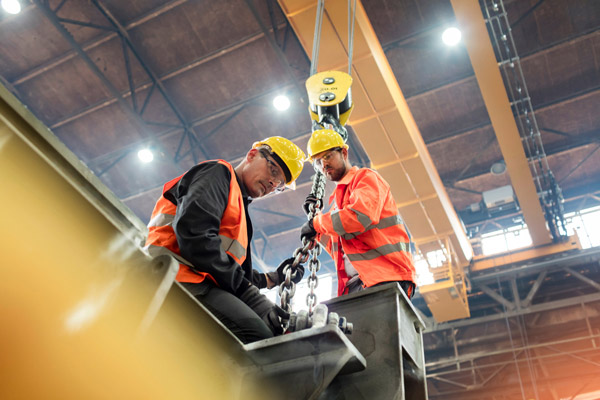Ensuring Operator Safety: Best Practices for Heavy Equipment Operation

Heavy equipment is vital to a wide number of industries. Anywhere that massive quantities of heavy materials need to be moved, you’ll find the machinery needed to make the job possible. But while heavy equipment allows us to accomplish tasks far beyond our own physical capabilities, it can also pose a risk to the people working with and around it.
At West Coast Training, it’s our mission to teach our students the skills they need to succeed in their careers. A major part of that education is ensuring graduates have a complete and comprehensive understanding of heavy equipment safety practices. In keeping with that goal, here are a few points you should keep in mind whenever you’re working with heavy equipment.
Be Mindful of Your Surroundings
When working with machinery that can move literal tons of material, you need to be intimately familiar with what’s around you. Heavy equipment safety often comes down to being cognizant of your surroundings, so before beginning work, take stock of any potential hazards in your area.
If you’re digging, take the time to locate any underground utilities (water, gas, electrical, etc.) and clearly mark them so no one accidentally damages them. If there are overhead power lines, see if you can cut their power. Or if that’s not possible, set up physical barriers to prevent any accidental contact. In general, move anyone and anything near the equipment that doesn’t need to be there to prevent any harm from occurring.
Inspect Equipment Before Use
Once you’ve cleared the work area, visually inspect the equipment itself to make sure it’s safe to operate. In our heavy equipment operator program, students learn how to identify potential signs of danger before climbing into the cab. Hydraulic fluid and oil levels should be checked, tires or tracks should be inspected for wear and tear, and there should be no cracks or damage to any of the component pieces of the machine. If anything looks off, stop and make sure the problem is addressed before continuing with work. In addition to regular inspections, preventative maintenance can go a long way toward ensuring heavy equipment safety.
Use Proper Personal Protective Equipment (PPE)
While it might not be the most fashionable of accessories, PPE is a cornerstone of heavy equipment safety. Your specific needs might differ from job to job, but typically, your PPE should include head, eye, and ear protection, steel-toe boots, and gloves. The right protective gear can make all the difference should anything unexpected occur.
Have a Spotter Nearby
Whenever you’re sitting in a cab, you should always have someone nearby to keep an eye out for trouble. A spotter can help watch your blind spots, keep other people out of your working area, determine safe distances, and alert you to any danger should it arise. As we said before, heavy equipment safety hinges on you being aware of your surroundings. With a spotter, you have another set of eyes and ears to make sure you and others stay safe while doing your job.
Learn more about heavy equipment safety with courses at West Coast Training, and you’ll be off to a great start.
